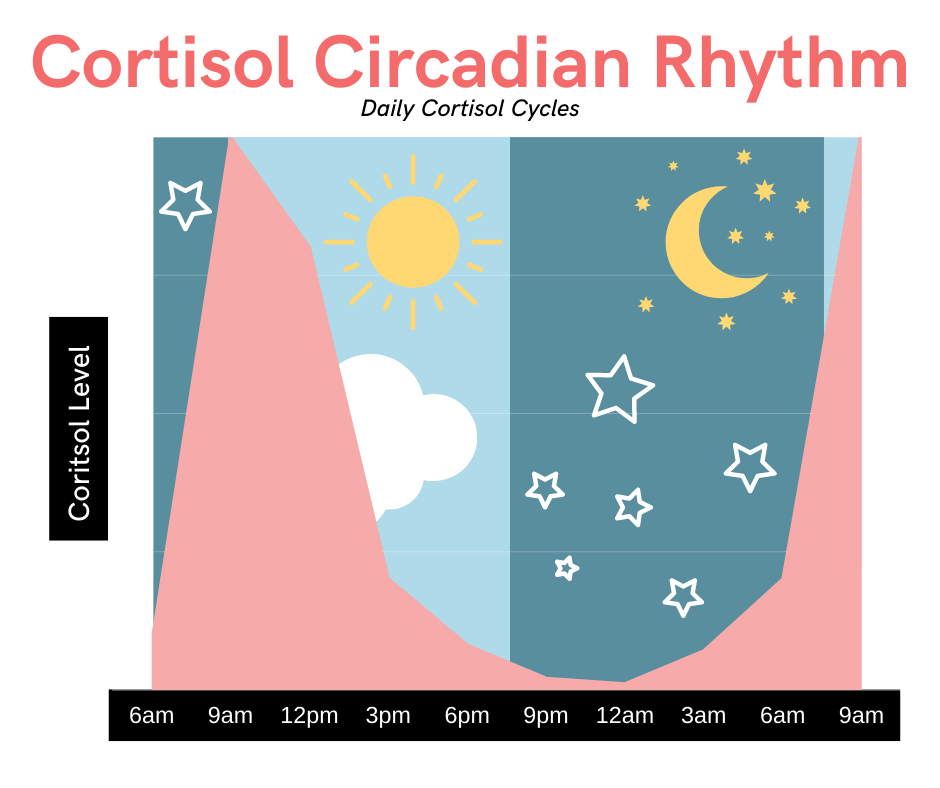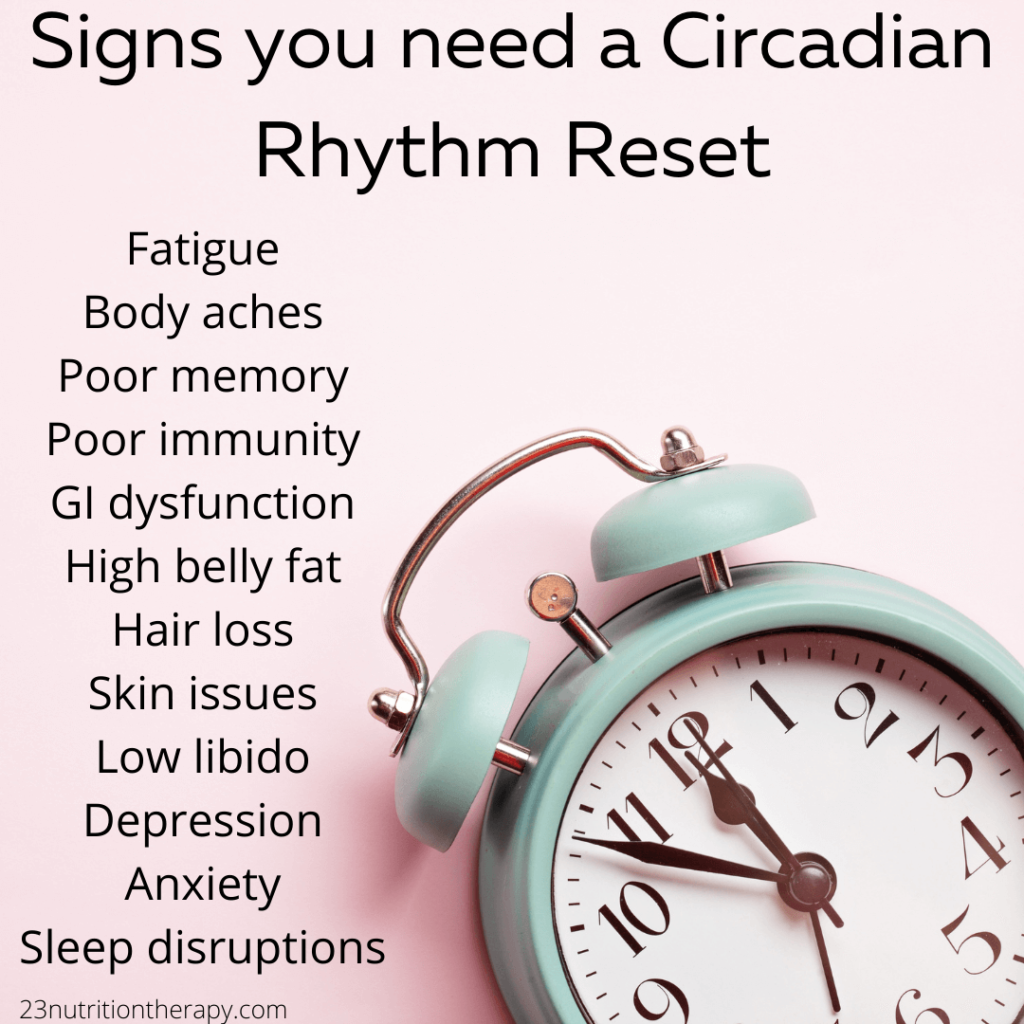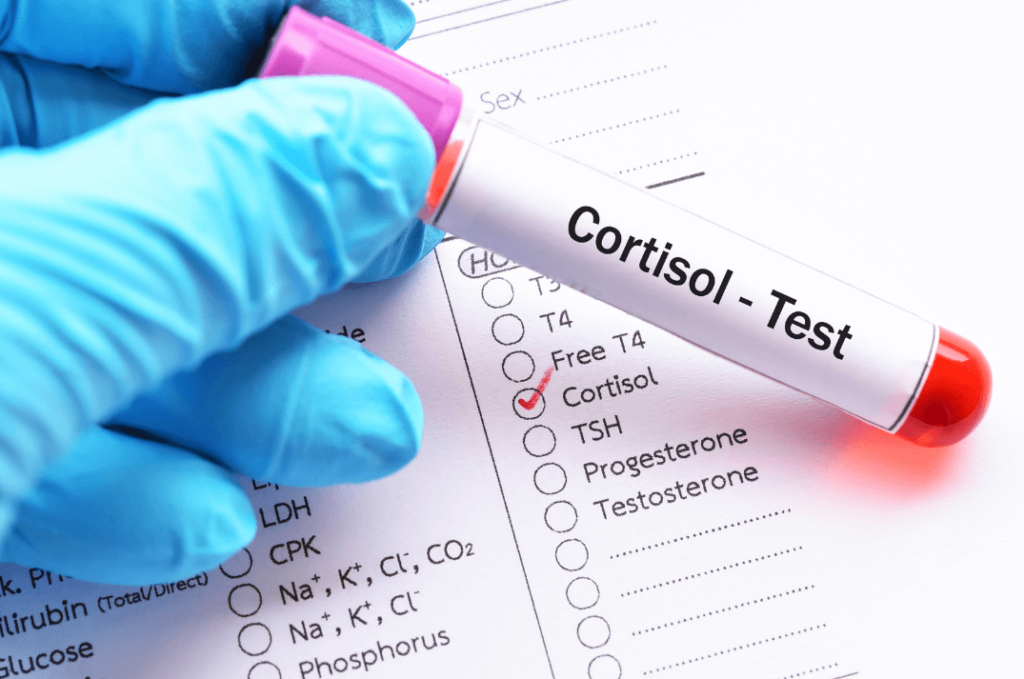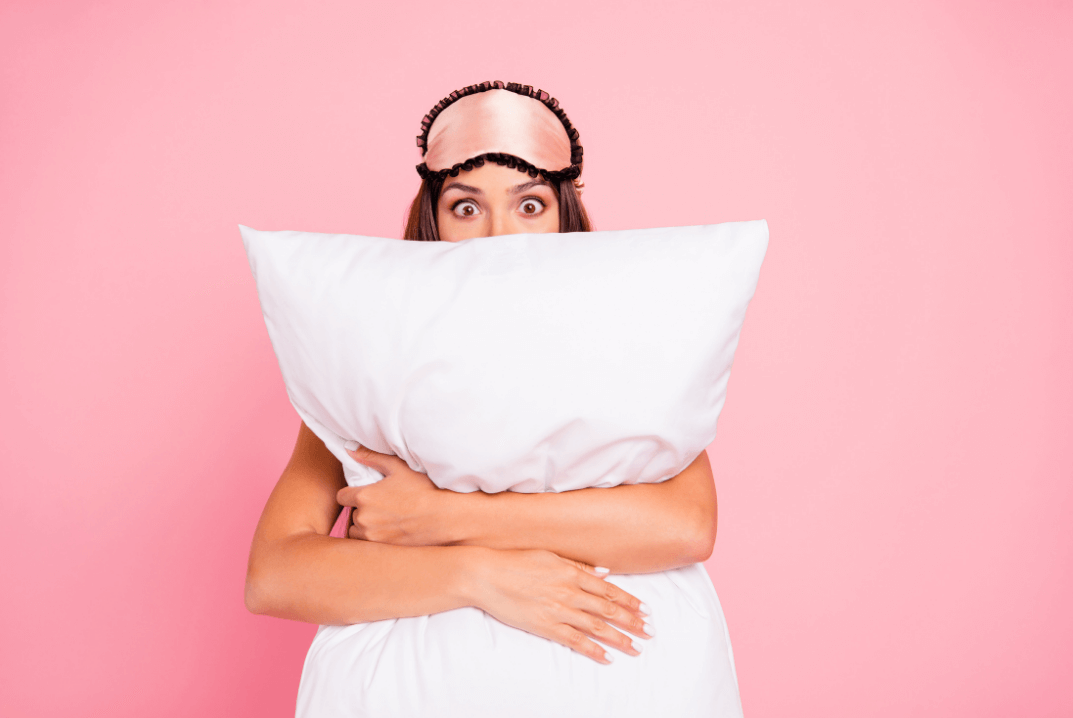Before electricity, our ancestors woke with the sun and slept with the moon. Humans have evolved to exist in 24 hour sleep-wake cycles, or circadian rhythms, that operate as part of our biology.
Circadian rhythms can be disrupted by the modern conveniences of technology, and these disruptions have real impacts on our health.
What are Circadian Rhythms?
Your circadian rhythm is essentially a master clock along with a set of other internal clocks that regulate various bodily processes. Circadian rhythms run on a 24 hour cycle, can be trained, and can be affected by temperatures.
This master clock is called the suprachiasmatic nucleus, which is located above the optic nerves that send signals from the eyes to the brain. The master clock directly responds to light, and is the reason why we have sleep-wake cycles that are determined by light exposure.
Light exposure (or lack there-of) can impact these sleep-wake cycles, especially in modern society with light switches and high levels of screen time.
How does the Cortisol Circadian Rhythm work?
The hypothalamic-pituitary-adrenal (HPA) axis, which is in control of your stress response, also follows a circadian rhythm for its release of cortisol from the adrenal glands.
Cortisol levels typically peak when we awaken (6 to 8 am). Then cortisol levels decrease throughout the day, staying low from around 6 pm until we fall asleep, when cortisol release starts to rise again. Check out the cortisol circadian rhythm graph below!

Cortisol’s circadian rhythm is essential for our health, playing a role in various processes that impact metabolism, repair cells, and strengthen our immune system. Disruptions in your HPA axis circadian rhythm can increase the risk of developing chronic conditions like obesity, heart disease, cancer, and diabetes.
There are many symptoms listed below that can be present when you are experiencing HPA axis dysfunction that precede these chronic conditions, which can definitely be addressed before the chronic conditions have a chance to develop.
Being exposed to threats throughout the day, whether real or perceived, causes spikes in cortisol that disrupt this important, natural rhythm. If stress is a normal part of your daily life, then this has an even greater impact on your cortisol circadian rhythm and may mean that you need extra support to reestablish a healthy hormone balance.
Signs you need a Circadian Rhythm Reset:
- Fatigue
- Body aches, especially in the neck and back
- Poor memory and feeling “foggy headed”
- Poor immunity, or getting sick frequently
- Gastrointestinal dysfunction
- Weight gain, especially around the abdomen
- Hair loss
- Skin issues like acne, dryness, and dullness
- Reduced sex drive
- Depression or anxiety
- Sleep disruptions, like insomnia or trouble staying asleep

So how do I know if my circadian rhythm has been disrupted? There is a test for that!
How to Check Cortisol Levels
One of the most accurate ways to determine whether you’re experiencing some HPA axis circadian rhythm disruptions is to get your cortisol levels tested with a practitioner-ordered home cortisol test.
Your functional medicine practitioner will order your adrenal stress hormone test, and after the results come back you will be able to get a better idea of how your cortisol circadian rhythm is functioning (or malfunctioning). Depending on where you fall within the cortisol normal range, you may find out that you are on the path to adrenal burn out.
This test is an easy and effective means for determining whether your stress response is hyperactivated. Cortisol patterns are considered markers of wellness and can be used to draw a roadmap to recovery. Knowing the effects that stress is having on your stress hormones is the first step from which a personalized protocol can be developed.

How to Reset Circadian Rhythm – Getting Back into Rhythm
Once you get started on the road towards recovering your circadian rhythm, there are many lifestyle factors that can be adjusted in order to achieve maximal results. Getting started by adding some relaxation techniques into your daily life will help set the stage for healthier responses to stressors, whenever they occur.

If you’re one of those people who is getting less than 6 hours of sleep per night, one of the simplest things you can do to better your health is to improve the duration of sleep to a minimum of 7 hours per night, along with synchronizing your sleep-wake cycles to your natural circadian rhythm.
Humans need to sleep to survive, and we need enough sleep to be healthy. No matter how much we need to accomplish in our daily lives, the fact remains that sleep is essential at the end of the day, and most people should be trying to get more of it.
Sleep isn’t always a simple thing for people, even if we know how important it is.
In fact, if you are under high amounts of stress (and thus consistently have constant spikes in cortisol), it is likely that sleep is quite difficult for you. So, addressing your cortisol circadian rhythm imbalances is actually one of the best things you can do in order to improve your sleep, improve your health, and improve your life.
So how can you get more sleep? There are many ways to improve your sleep hygiene in order to prime yourself for better and longer sleep. You can learn about these methods, along with many other lifestyle hacks, when you sign up for my Adrenal Reboot Program!
Joining my Adrenal Reboot Program will help get you started on a personalized track towards improving your HPA axis function, your cortisol circadian rhythm, and improving your overall health!
Schedule your free 15 minute Discovery Call today!




